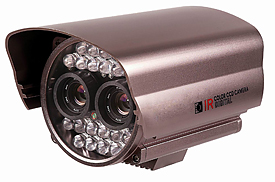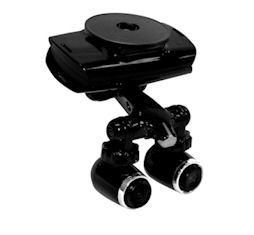Not sure whether this is the best matching thread on this forum, but since it comes out on top in a Google search on 'dashcam wdr', I'll give it a chance anyway....

)
What seems partly missing in this thread, as an indicator/analyzer for what is (multiple-frame) HDR/WDR and what not, is that the frame-rate is split in half (could be more, when/if more frames than two would be used, but I have yet to see that performance in any non-super-high-end camera).
(limited by both sensor/light-sensitivity and processor, I assume)
So instead of having a todays state of the art 60fps (in non-HDR/WDR mode), it would fall back to 30fps effectively (if not, the camera might be technically capable of 120fps....

).
This change applies to both the non-dashcam camera's I know having this feature; the previously mentioned EOS 5D-II, plus more interestingly, the Casio range of EX-ZR camera's, starting from ZR200....interesting, because its HDR-video is not ordinary HDR, but HDR-Art, and a very impressive one as well.
(but, not just half the frame rate, but also only 720P, instead of full HD (and all that at 15fps (normal video is 30fps))
(indicating that more than just the frame rate, either sensor read-out or processor capacity is running against its limits too)
PS, apart from this same-era discussion (2013), I don't see any obvious later/current discussions?
https://dashcamtalk.com/forum/threads/patriot-f3-with-shdr-super-high-dynamic-range.1296/
(haven't searched yet; perhaps Google only showed this one for having the most external links, to this forum, on sites/groups elsewhere?)
PPS, while contemplating using a ZR200 as a dashcam, I started wondering how to apply permanent power (from 12/24v) through it's USB->Casio-propriatary cable....as it doesn't allow the camera to be activated when charging....but that might be just for the purpose of data-transfer, not necessarily for charging....so, before hacking this cable, are there any USB-plug adapters that change a data+power cable into power-only?
(never looked into that category)
Btw, in the Casio forum on Dpreview, it was stated that the Casio HDR-Art Movie technology is not from Casio itself, but from an external source/company, and probably for that reason only a rather black box, that hasn't seen any performance changes in the 3 years since the ZR200.
(sadly also excluding the otherwise even more interesting Tryx (EX-TR100 and upwards), with 21mm (equivalent) lens)
(probably different sensor, not suitable for this HDR-Art Movie (although all other HDR-Still modes are equal to the rest of the ZR-Series (3-digit only, AFAIK), including HDR-Art-Still (suggesting that only the Art-Video mode was and is outsourced)


